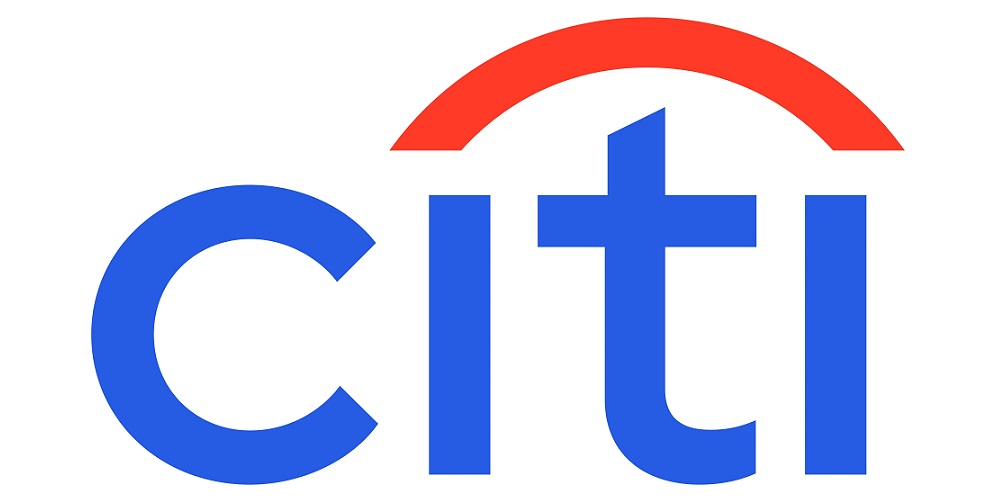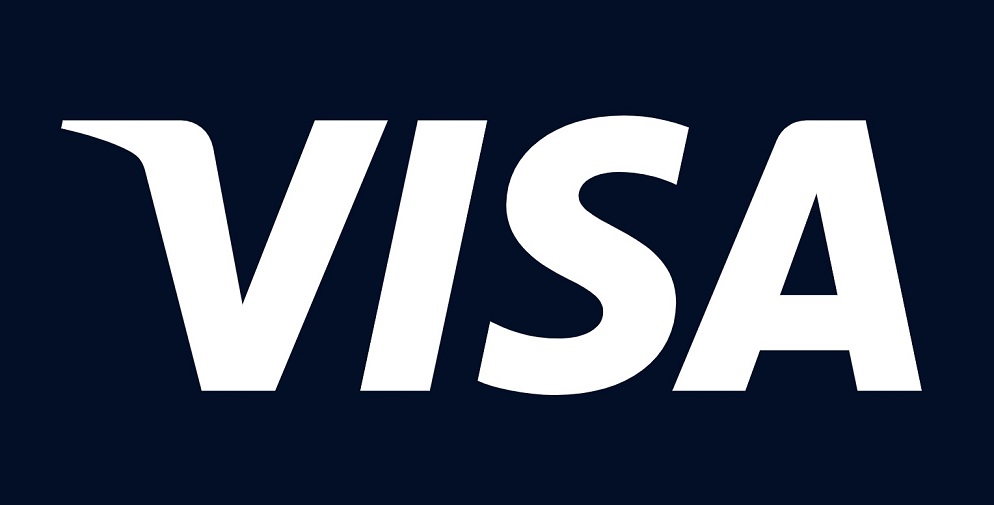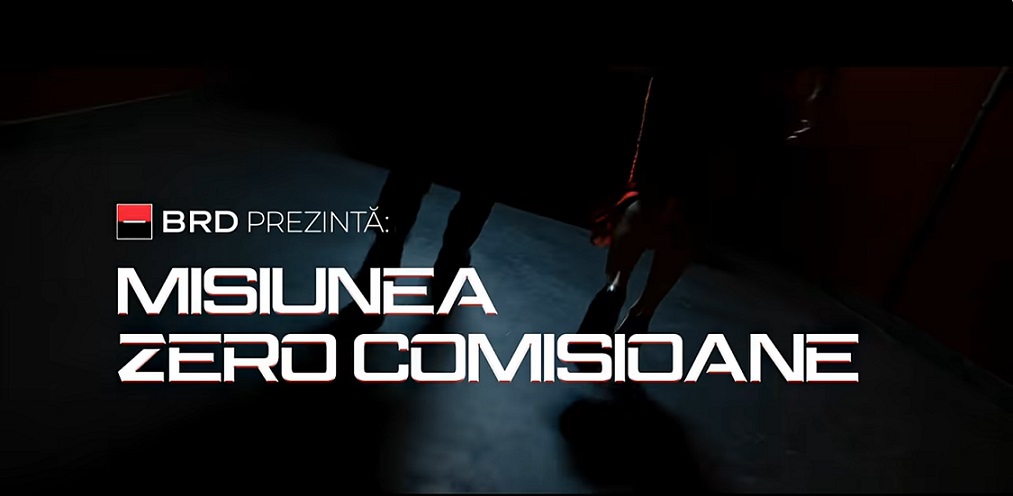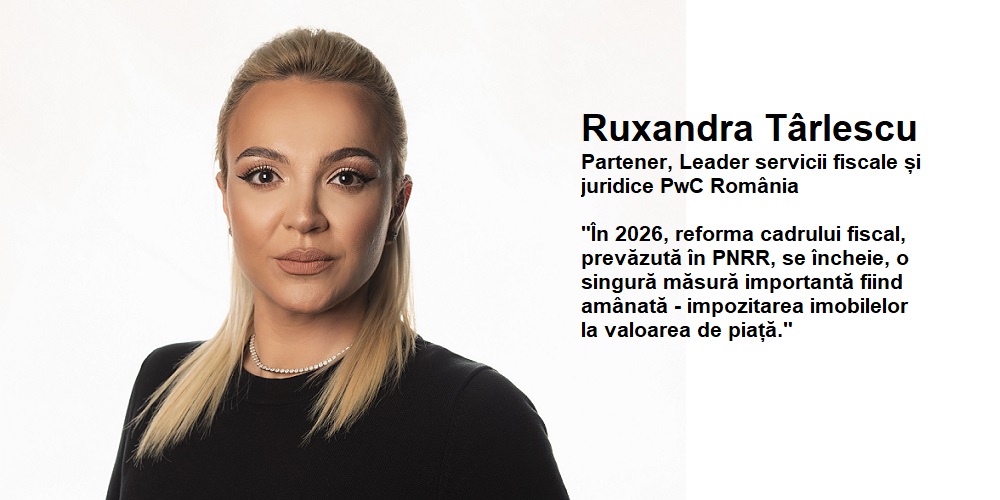Swift explores blockchain interoperability to remove friction from tokenised asset settlement. „We will collaborate with more than a dozen major financial institutions and FMIs to explore a potential solution” – Swift says.

Swift is globally testing how institutions can use their Swift connection to seamlessly interoperate with the multitude of blockchain networks emerging around the world.
Institutional investors increasingly are considering investments in tokenised assets as they seek new forms of value — but they face a complex challenge. These investments are tracked on a diverse range of blockchain networks that are not interoperable – each has its own functionality or liquidity profile, which creates significant overhead and friction in managing and trading the assets.
„Overcoming this fragmentation will be key to the long-term scalability of the market and, aligned with our focus on removing friction in international transactions, we are working with our community to explore a potential solution.” – according to the press release.
„In a new set of experiments, we will collaborate with more than a dozen major financial institutions and FMIs including Australia and New Zealand Banking Group Limited (ANZ), BNP Paribas, BNY Mellon, Citi, Clearstream, Euroclear, Lloyds Banking Group, SIX Digital Exchange (SDX) and The Depository Trust & Clearing Corporation (DTCC) – to test how firms can leverage their existing Swift infrastructure to efficiently instruct the transfer of tokenised value over a range of public and private blockchain networks. Chainlink, a leading Web3 services platform, will provide connectivity across public and private blockchains for these experiments.” – the company explains.
This latest round of experimentation builds on a series of successful trials in 2022, and also will explore how the industry could address potential operational and regulatory pitfalls facing financial institutions when operating in blockchain environment.
Investors and intermediaries face a blockchain challenge
In capital markets, there’s a growing view that blockchain technology has the potential to generate efficiencies, reduce costs and open up opportunities for some parts of the industry. For example, private markets have historically been dependent on legacy systems and processes, which add costs and deter investment. By rationalising operations and settlement processes, blockchain could attract more investors into the private markets and ultimately increase liquidity.
However, trading tokenised assets is still a niche activity in the regulated space. For the market to scale, financial institutions need to be able to easily interact with multiple blockchain-based networks in a secure and trusted way, just as they do today when facilitating the trading of traditional assets.
“There’s unlikely to be a single prevailing blockchain network,” said Tom Zschach – Chief Innovation Officer at Swift. “We would expect to see a multitude of different platforms emerging, each serving different customer segments with their own bespoke capabilities and requirements. In such a highly fragmented ecosystem, it would simply not be feasible for financial institutions to connect to each and every platform individually. That’s why the community is working with Swift to develop an interoperability model that would enable access to different platforms globally.”
Leveraging existing infrastructure to drive change
Ensuring interoperability between financial institutions’ back and middle office systems and a growing number of blockchain networks will be essential if trading in tokens becomes more ubiquitous.
Instead of building new infrastructure and technology stacks entirely from scratch, financial institutions want to leverage their existing infrastructure to connect to blockchain ledgers, where tokens are recorded in a way that is both compliant and secure. Not only would this help firms simplify their architecture and operations, but it also minimises investment costs and reduces risk of technology obsolescence.
Rising to the challenge: How Swift is delivering blockchain interoperability
As a global cooperative focused on enabling instant, frictionless and interoperable transactions, Swift is uniquely placed to help the financial community overcome this challenge.
In 2022, we demonstrated how our existing infrastructure can be used as a single access point to multiple tokenisation platforms operated by financial institutions running on top of private blockchains. There was broad interest from the community to continue our experimentation and to extend the scope of interoperability between platforms to include public blockchains as the underlying settlement layer.
“More institutions are beginning to explore how to serve customers on both permissioned and public blockchain networks like Ethereum,” said Jonathan Ehrenfeld – Head of Securities Strategy at Swift. “This is raising questions around the key use cases and what would be required to support these activities in a secure and compliant manner.”
“Our experiments will help advance the industry’s understanding about the technical and business requirements involved when interacting with and between multiple blockchain networks,” Ehrenfeld added. “They will also highlight the potential value of using a blockchain interoperability protocol to securely transfer data and value between legacy systems and a potentially unlimited number of blockchains.”
About the experiments
Our next set of industry experiments is designed to show how Swift’s infrastructure can be leveraged to facilitate interoperability, enabling tokenised value to be transferred between existing systems and both public and private DLT platforms with existing connectivity, standards, and messaging.
The first use case will involve the transfer of tokenised assets between two wallets on the same public blockchain network (Ethereum Sepolia testnet). The second involves the transfer of tokenised assets from a public blockchain (Ethereum) to a permissioned blockchain. And a third use case will test the transfer of tokenised assets from Ethereum to another public blockchain. Chainlink will be used as an enterprise abstraction layer to securely connect the Swift network to the Ethereum Sepolia network, while Chainlink’s Cross-Chain Interoperability Protocol (CCIP) will enable complete interoperability between the source and destination blockchains.
“We’re excited to work with Swift. It’s clear that as banks endeavor to access multiple blockchains, a common connectivity layer across the various chains will be a critical building block for their adoption of on-chain finance,” said Sergey Nazarov – Co-Founder of Chainlink.
We’ll also explore a set of non-technological considerations that are necessary for regulated institutions to interact with public blockchain networks and engage in cross-network transactions. This encompasses a range of operational, compliance, and regulatory challenges, including key focus areas like confidentiality and privacy of data, or liability and recourse when transacting with public blockchain environments.
Swift findings will be published later this year.
Dariusz Mazurkiewicz – CEO at BLIK Polish Payment Standard
Banking 4.0 – „how was the experience for you”
„To be honest I think that Sinaia, your conference, is much better then Davos.”
Many more interesting quotes in the video below:









